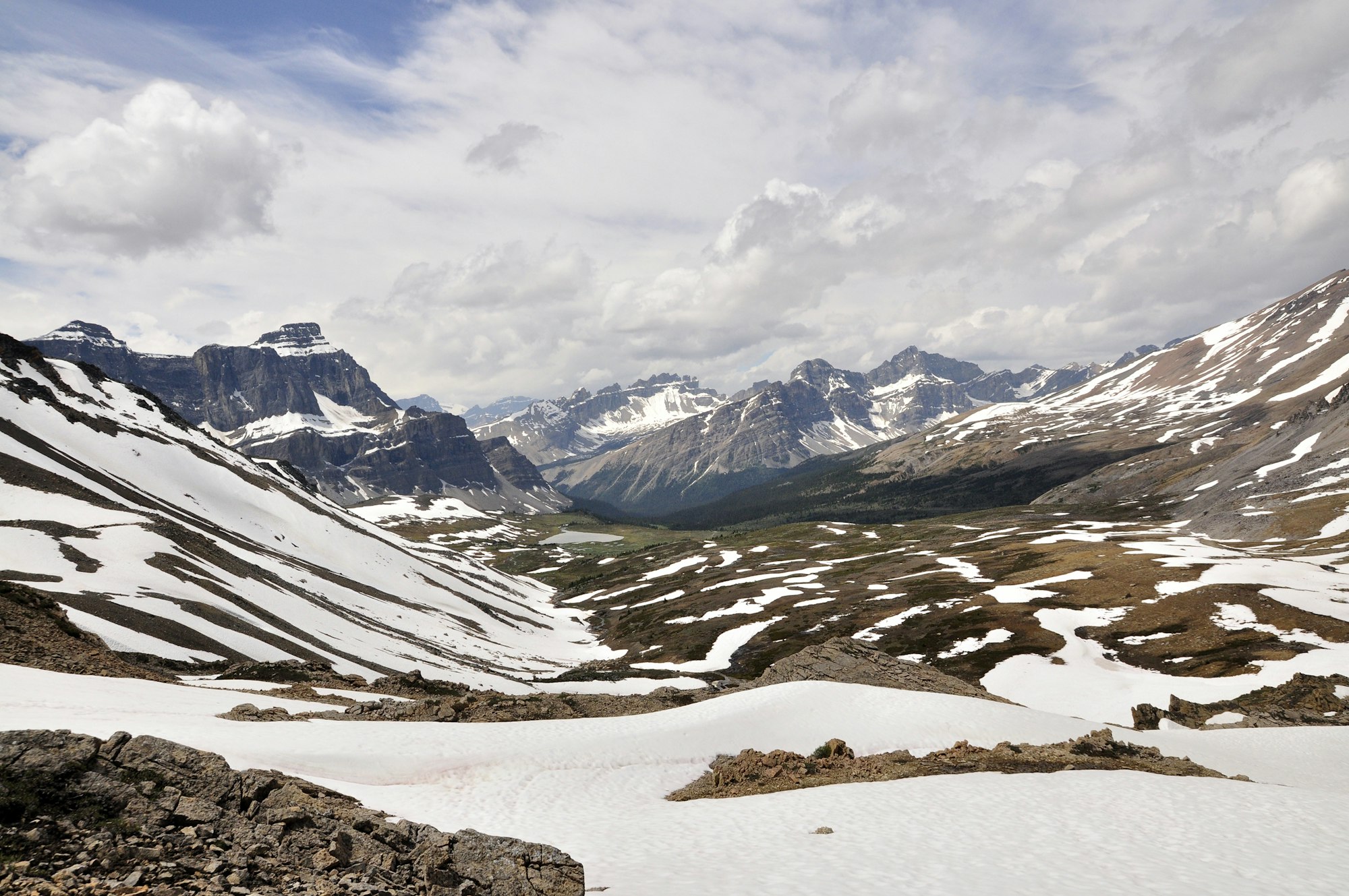The fluid dynamics of snowmelt

An important fraction of snowmelt is driven by the wind. Determining the melt rate is challenging in a landscape that is partially covered by snow patches that remain at the melting temperature, while surrounding land warms up as an effect of incoming solar solar radiation.
In a new study, which was the MSc-thesis project of Luuk van der Valk, we have combined observations and 3D simulation with MicroHH to learn more about the physics of wind-driven snowmelt at a surface covered with snowpatches. In short, most of the melting happens at the leading edges of snow patches (see figure below), because here the air is warm. Consequently, surfaces with many small patches melt considerably faster than surfaces with larger patches, but only if the distance between the patches is so large, that the air can warm up again.

van der Valk, L. D., Teuling, A. J., Girod, L., Pirk, N., Stoffer, R., and van Heerwaarden, C. C.: Understanding wind-driven melt of patchy snow cover, The Cryosphere, 16, 4319–4341, https://doi.org/10.5194/tc-16-4319-2022, 2022.
